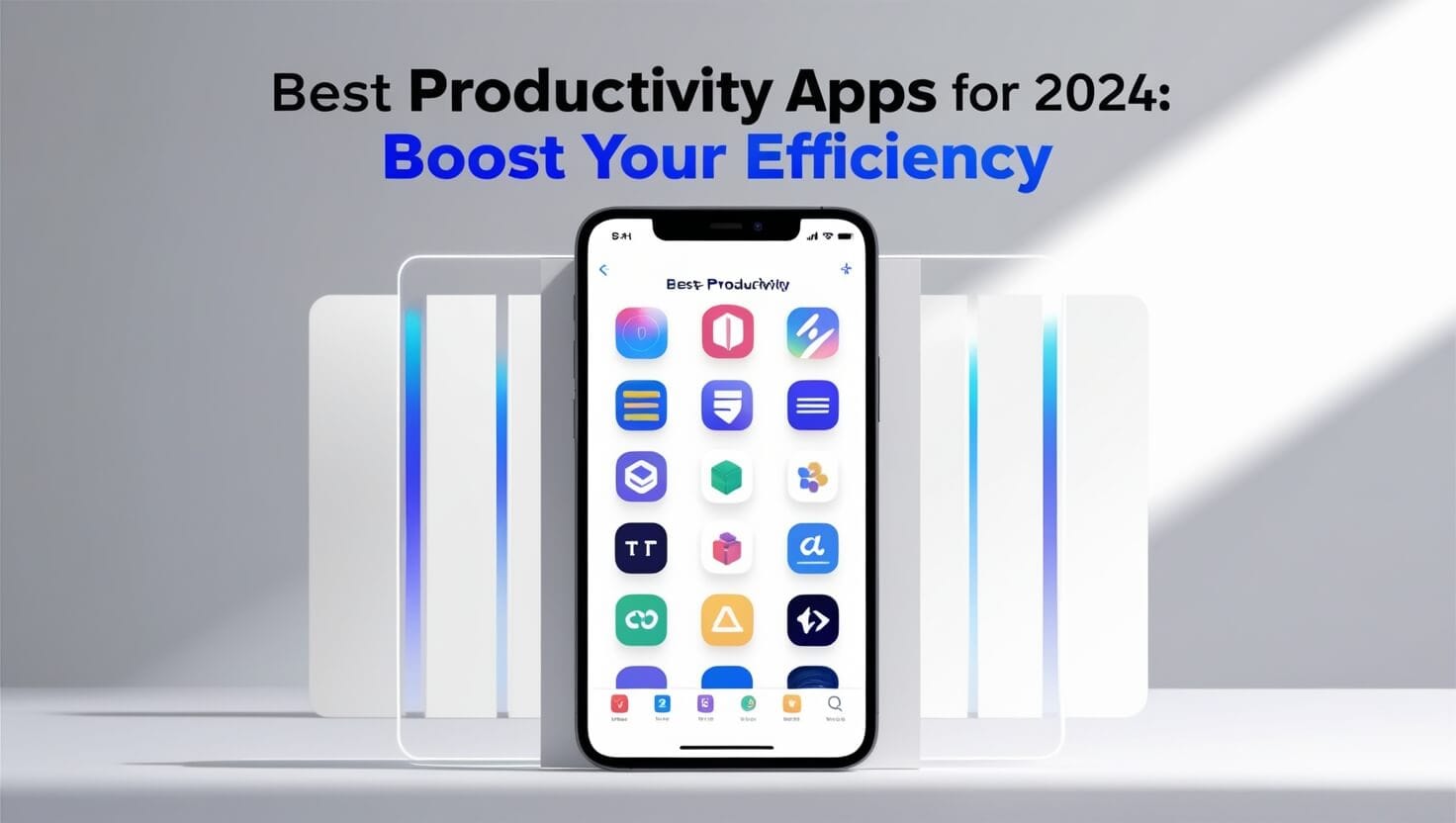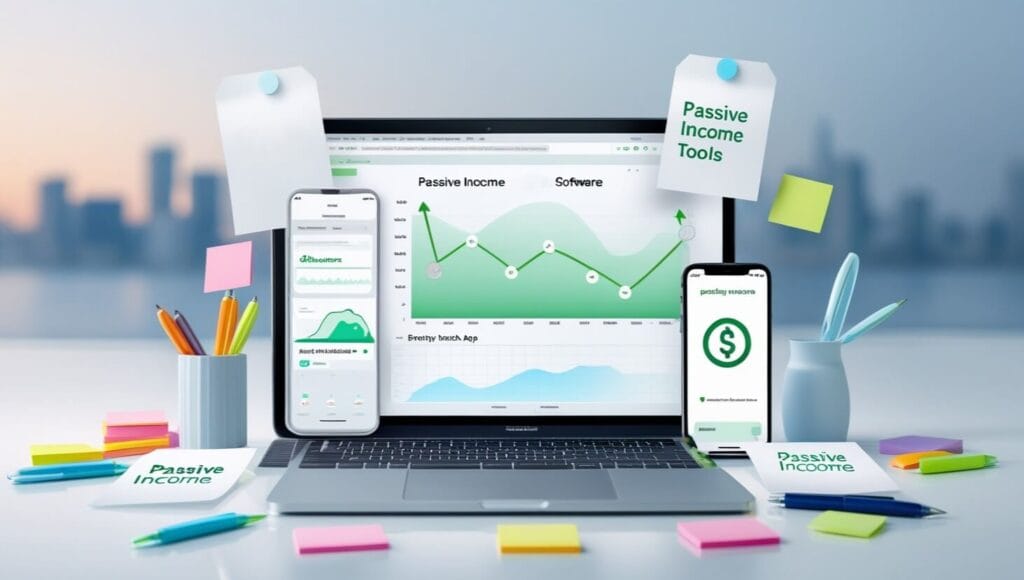
Have you ever dreamed of waking up to notification after notification of money flowing into your account while you sleep? That’s the allure of passive income, and in 2025, the digital landscape is absolutely teeming with passive income tools designed to help make this dream a reality!
What I’ve learned is that the right passive income tools can make all the difference between struggling to generate a few dollars and building reliable recurring revenue streams that grow month after month.
In this comprehensive guide, I’ll walk you through the most effective passive income tools and platforms available today. From digital product marketplaces to automated investment apps, affiliate marketing platforms to content monetization tools – we’ll cover the full spectrum of software and systems that can help you generate income while you focus on other priorities.
But let’s be clear – “passive” doesn’t mean “zero effort.” The most successful passive income strategies require significant upfront work and occasional maintenance. The beauty is that with the right passive income tools, you can create systems where your time and effort aren’t directly tied to your earning potential!
1. Digital Product Creation and Sales Platforms

When it comes to establishing reliable passive income streams, digital products remain one of the most accessible and scalable options available to almost anyone with expertise or creativity. Creating a product once and selling it repeatedly without additional production costs is the essence of passive income, and today’s digital product platforms make this easier than ever before.
I still remember launching my first digital product—a simple photography editing guide—on a clunky website I coded myself back in 2015. What a nightmare that was! The payment processing failed half the time, and delivery was manual. Fast forward to today, and the landscape of passive income tools for digital product creators has transformed dramatically. Modern platforms now handle everything from secure payment processing to instantaneous delivery, allowing creators to focus on what they do best: creating valuable content.
Gumroad stands out as one of the most creator-friendly passive income tools in this space. With its intuitive interface and robust features, Gumroad lets you sell digital products like ebooks, courses, software, music, or art without needing technical expertise.
The platform handles payment processing, file delivery, and even provides basic marketing tools like discount codes and affiliate programs. What’s particularly attractive about Gumroad is its straightforward pricing structure—they take a percentage of sales rather than charging monthly fees, making it accessible for beginners testing the waters of passive income tools.
For those looking to create and sell online courses specifically, Teachable offers a more comprehensive solution. I switched to Teachable for my more extensive courses after struggling to provide a structured learning experience through simpler platforms.
While it requires a monthly subscription (starting around $39/month in 2025), Teachable provides everything needed to create professional-looking courses with multiple content types, quizzes, completion certificates, and student communication tools. Many successful course creators consider Teachable among their essential passive income tools because it allows them to create sophisticated learning experiences that command premium prices.
Here are some other notable digital product platforms worth exploring:

An all-in-one platform for courses, digital downloads, and memberships with no transaction fees (just monthly subscription)

Specialized in digital product delivery with affiliate management features

A comprehensive platform that combines courses, marketing, websites, and email in one system
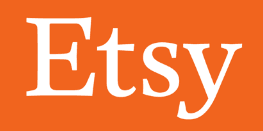
While known for physical products, Etsy has a thriving digital product marketplace
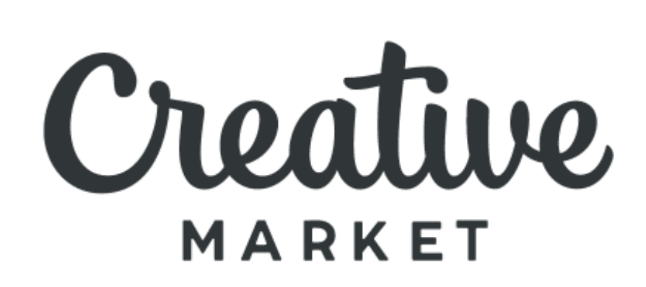
Ideal for design assets, templates, and creative digital goods
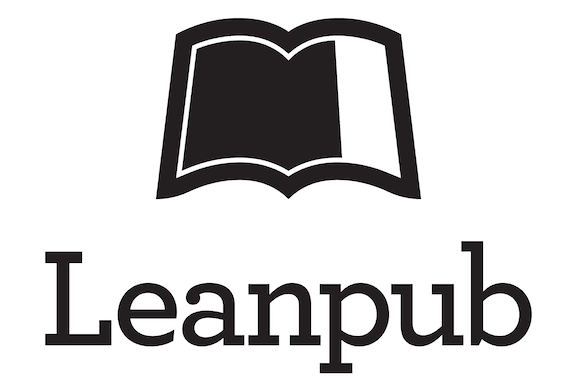
Specialized platform for self-publishing books, particularly in technical fields
The key to success with these passive income tools is choosing the platform that best aligns with your specific digital product and target audience. Each platform attracts different buyer demographics and has varying fee structures that will impact your profit margins. Before committing, I’d recommend thoroughly researching each option and perhaps starting with platforms that don’t require upfront monthly fees until you validate your product’s market potential.
2. Automated Investment and Money Management Apps

The financial technology revolution has democratized investing and created powerful passive income tools that allow almost anyone to put their money to work. These automated investment platforms—often called “robo-advisors”—have transformed how ordinary people can generate passive income through market returns without needing specialized financial knowledge.
I’ll never forget how intimidating investing seemed when I first started. The complexity, the jargon, the feeling that you needed an economics degree just to get started—it was overwhelming! That’s precisely what makes today’s automated investment passive income tools so revolutionary. They’ve eliminated those barriers and created user-friendly interfaces that make generating passive income through investments accessible to virtually everyone.
Acorns remains one of my favorite passive income tools for beginners because of its “round-up” feature. The app connects to your debit or credit card and automatically invests your spare change from everyday purchases. Imagine buying a coffee for $3.50, and Acorns rounds up to $4, investing the $0.50 difference into a diversified portfolio. It sounds small, but these micro-investments compound surprisingly quickly! With subscription fees starting at just a few dollars monthly, Acorns exemplifies how modern passive income tools can work in the background of your life.
For those with more capital to invest, Wealthfront offers sophisticated automated investing with features like tax-loss harvesting, which can save substantial money over time. Their smart algorithms automatically rebalance your portfolio and optimize for tax efficiency, truly embodying the “set it and forget it” nature that quality passive income tools should provide. With a 0.25% annual fee on assets managed, Wealthfront becomes more cost-effective as your investments grow.
Here are other noteworthy automated investment platforms:

Offers goal-based investing with automatic rebalancing and tax optimization

Provides custom “pie” portfolios with automatic rebalancing and zero management fees
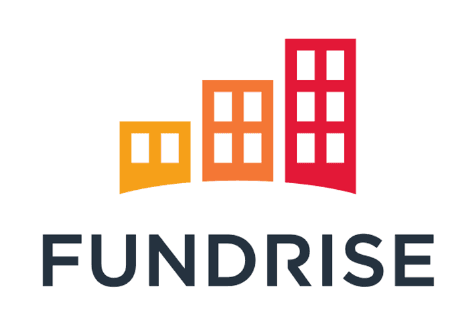
Specializes in real estate investments with low minimums (starting around $10)
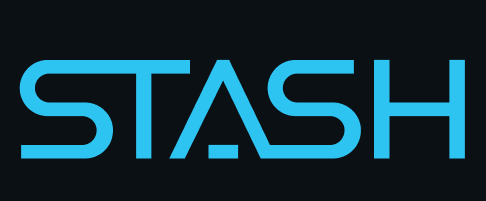
Features thematic investing options with fractional shares

Commission-free trading platform with dividend reinvestment features
What makes these passive income tools particularly valuable is how they’ve simplified previously complex investment processes. Most platforms now offer automatic dividend reinvestment, recurring deposits, and portfolio rebalancing—all critical components for truly passive income generation through investments. While traditional investment vehicles like dividend stocks, ETFs, bonds, and REITs still form the backbone of investment income, these platforms have made them accessible without requiring deep financial expertise.
Remember that while investment apps make the process easier, all investments carry risk. The truly “passive” nature of investment income only materializes after you’ve educated yourself about basic investment principles and risk tolerance. Start with small amounts while you learn the ropes, and gradually increase your contributions as you become more comfortable with how these passive income tools function.
3. Content Monetization and Creator Economy Platforms

The creator economy has exploded in recent years, giving rise to an unprecedented array of passive income tools focused on helping content creators monetize their work. What makes these platforms particularly attractive is that they allow creators to leverage existing skills and interests to generate income streams that continue paying long after the initial content creation.
I started my content creation journey with a simple blog about urban gardening that generated precisely zero dollars for the first six months. The landscape was much different then—monetization options were limited, and the tools were primitive. Today’s content creators have access to sophisticated passive income tools that can transform even niche content into sustainable revenue streams. The key is understanding which platforms align best with your content type and audience.
YouTube remains one of the most powerful passive income tools for video content creators. Once your channel meets the requirements for the YouTube Partner Program (currently 1,000 subscribers and 4,000 watch hours), you can earn through ad revenue, channel memberships, Super Chat, and YouTube Premium revenue sharing. I’ve seen many creators who posted videos years ago still earning monthly income from that content as it continues to attract viewers. The platform’s massive audience and sophisticated recommendation algorithm can drive continuous discovery of your content, making it a truly passive income generator once videos are published.
For writers and journalists, Substack has emerged as a revolutionary passive income tool. The platform allows you to create subscription newsletters where readers pay monthly or annually for your content. Unlike traditional blogging where monetization typically comes through ads or sponsored posts, Substack creates direct reader relationships that generate recurring revenue. The beauty of this model is that it scales—writing for 1,000 subscribers takes the same effort as writing for 10, but the income grows proportionally with your audience.
Here are other notable content monetization platforms:

Partner Program pays writers based on member reading time

Allows creators to receive support through one-time and recurring donations

Membership platform where fans pay monthly for exclusive content

Streaming platform with subscription, bits, and ad revenue options

Pays creators based on video performance metrics
What makes these platforms effective passive income tools is their ability to generate ongoing revenue from content long after its creation. A well-researched article on Medium can continue earning for years. An ebook on Kindle can sell copies while you sleep. A YouTube tutorial can generate ad revenue for as long as the information remains relevant. The key to success with content monetization platforms is consistency and quality—building an audience takes time, but once established, these passive income tools can generate remarkably stable revenue.
It’s worth noting that the most successful creators typically diversify across multiple platforms. They might publish on YouTube, repurpose that content for a podcast, share highlights on social media, and offer extended versions through Patreon. This multi-platform approach maximizes the return on each content piece created, amplifying the effectiveness of these passive income tools.
4. Affiliate Marketing Systems and Networks

Affiliate marketing remains one of the most accessible entry points into passive income, and today’s affiliate marketing platforms offer sophisticated passive income tools to maximize earnings potential. The concept is beautifully simple: you promote products or services and earn commissions on resulting sales, without handling inventory, customer service, or product development.
My first affiliate marketing attempt was a complete mess! I slapped random Amazon links on a poorly designed blog and wondered why nobody was buying. Since then, I’ve learned that successful affiliate marketing requires strategy, valuable content, and leveraging the right passive income tools to track, optimize, and scale your promotional efforts. When done correctly, affiliate marketing can generate income from content long after it’s published.
Amazon Associates continues to be one of the most widely used affiliate passive income tools despite its relatively low commission rates (typically 1-10% depending on category). The program’s popularity stems from Amazon’s vast product selection and consumer trust—conversion rates tend to be higher because people already shop on Amazon regularly. For content creators in product-focused niches like technology reviews, home goods, or books, Amazon Associates provides a straightforward way to monetize product mentions and recommendations.
For those seeking higher commission rates, ShareASale stands out among affiliate passive income tools for its diverse merchant selection and competitive payouts. The platform aggregates thousands of merchant programs across virtually every niche imaginable, from physical products to software subscriptions. Commission rates frequently range from 10% to 50%, significantly higher than Amazon’s offerings. ShareASale also provides robust reporting tools to help affiliates understand which promotions perform best, enabling data-driven optimization of your passive income strategy.
Here are other powerful affiliate marketing platforms to consider:
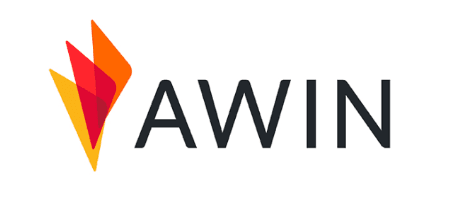
Global network with 15,000+ advertisers and flexible payment options

Specialized in digital products with commissions often exceeding 50%

Focused on software and SaaS affiliate programs

Enterprise-level platform with detailed attribution and reporting

Promote digital services with 30% commission on first-time purchases
What makes these platforms effective passive income tools is their ability to track conversions accurately across devices and provide timely payments. Most modern affiliate networks offer real-time reporting, customizable tracking links, deep linking capabilities (linking directly to specific products), and promotional resources like banners and product feeds. These features ensure that affiliates receive proper credit for their promotion efforts, even when purchases occur days after initial clicks.
Success with affiliate marketing passive income tools comes down to authentic promotion of products you genuinely believe in. Creating valuable content that naturally incorporates affiliate recommendations—such as buying guides, product comparisons, or how-to articles—tends to perform better than aggressive sales pitches. When your audience trusts your recommendations, conversion rates improve dramatically, transforming affiliate marketing from occasional commissions to reliable passive income.
5. Real Estate Investment Platforms and Crowdfunding

Real estate has historically been one of the most reliable wealth-building assets, but traditional property investment required substantial capital, financing approval, and property management expertise. Today’s real estate investment platforms have revolutionized this space, creating passive income tools that allow ordinary investors to access real estate returns with minimal capital and zero landlord responsibilities.
I remember wanting to invest in real estate years ago but feeling completely locked out by the six-figure down payments and complex logistics. The emergence of real estate passive income tools has democratized access to this asset class in ways that were unimaginable just a decade ago. These platforms enable fractional ownership of income-generating properties, providing truly passive exposure to real estate returns.
Fundrise stands out as one of the most accessible passive income tools in the real estate sector, with investment minimums starting around just $10. The platform allows investors to purchase shares in diversified portfolios of private real estate assets across residential, commercial, and industrial sectors. Fundrise generates returns through a combination of quarterly dividend distributions (from rental income) and property appreciation. What makes Fundrise particularly attractive as a passive income tool is its simplicity—investors can select from several portfolio strategies based on their goals, without needing to analyze individual properties.
For accredited investors seeking higher returns and more direct property selection, CrowdStreet offers a marketplace of individual commercial real estate opportunities. While the minimum investments are higher (typically $25,000+), CrowdStreet provides access to institutional-quality real estate deals that were previously available only to professional investors. The platform serves as a sophisticated passive income tool by handling all paperwork, investor communications, and distribution payments, allowing investors to build diversified real estate portfolios without management headaches.
Here are other notable real estate investment platforms:

Offers both REITs for non-accredited investors and individual deals for accredited investors

Marketplace for purchasing tenant-occupied single-family rental properties

Real estate lending platform with $10 minimums and short-term investments

REIT focused on commercial real estate with quarterly dividend distributions
What makes these platforms effective passive income tools is how they’ve eliminated the traditional barriers to real estate investing. They handle property selection, due diligence, maintenance, tenant management, rent collection, and investor distributions. This comprehensive service approach transforms real estate investing from an active business requiring specialized knowledge into a truly passive investment vehicle accessible to everyday investors.
It’s important to note that while these passive income tools have democratized real estate investing, they still carry risks. Real estate markets fluctuate, properties can underperform projections, and some platforms have liquidity limitations that make it difficult to access your capital quickly. As with any investment, diversification across multiple platforms and asset types helps mitigate these risks while still capturing the passive income benefits of real estate.
6. E-commerce and Dropshipping Solutions
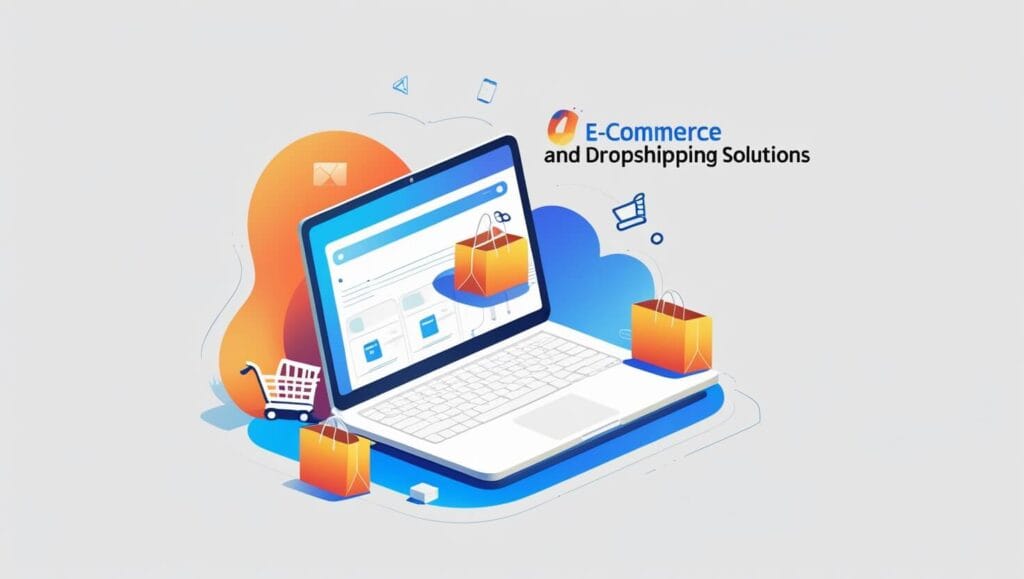
E-commerce has evolved dramatically in recent years, with modern platforms offering increasingly sophisticated passive income tools that minimize the traditional headaches of online retail. Today’s e-commerce solutions handle many aspects that once required significant manual effort, from inventory management to customer service, making online stores more “passive” than ever before.
My first attempt at e-commerce involved storing products in my apartment and making daily trips to the post office—hardly passive! The stress of managing inventory, packaging orders, and dealing with shipping logistics nearly drove me to quit. Today’s passive income tools for e-commerce have transformed the landscape, automating critical processes and even eliminating the need to handle physical products entirely.
Shopify remains the gold standard among e-commerce passive income tools, providing everything needed to create and manage an online store. What makes Shopify particularly valuable for passive income seekers is its extensive app ecosystem that automates virtually every aspect of running an online store. Apps like Oberlo enable dropshipping (selling products without holding inventory), while tools like Klaviyo automate email marketing campaigns based on customer behavior. Order fulfillment apps can automatically route orders to suppliers or fulfillment centers, while customer service can be streamlined with chatbots and help desk integrations. With the right configuration, a Shopify store can operate with minimal day-to-day involvement.
For those seeking even greater automation, Amazon FBA (Fulfillment by Amazon) stands out as perhaps the most powerful passive income tool in the e-commerce space. With FBA, merchants ship their products to Amazon’s warehouses, and Amazon handles storage, packaging, shipping, returns, and customer service. This model transforms e-commerce from an active business requiring constant attention to a much more passive income stream. While Amazon’s fees eat into profit margins, the time saved and scalability provided make it worthwhile for many sellers focusing on passive income generation.
Here are other notable e-commerce and dropshipping platforms:

WordPress plugin offering customizable e-commerce functionality

Enterprise-level e-commerce platform with robust automation features

Source products directly from manufacturers with automated ordering
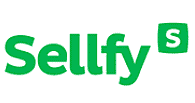
Simplified platform for digital product sales with marketing tools
What makes these platforms effective passive income tools is their focus on automation and outsourcing. The most successful e-commerce entrepreneurs leverage these technologies to minimize their involvement in day-to-day operations. Automatic inventory management ensures products stay in stock, integrated payment processors handle transactions securely, marketing automation tools nurture customer relationships, and analytics dashboards provide insights without manual data collection.
Despite these advances in passive income tools for e-commerce, it’s important to note that successful online stores typically require significant upfront work in product selection, store design, and marketing strategy. The “passive” aspect comes after these foundations are established, when systems can largely run themselves with periodic oversight and optimization. The most successful e-commerce entrepreneurs typically spend their limited involvement time on strategic improvements rather than routine operations.
7. Software as a Service (SaaS) and App Development Platforms

The Software as a Service (SaaS) model represents one of the most scalable passive income opportunities available today, with modern development platforms making it more accessible than ever to create and monetize software solutions. While developing software traditionally required extensive coding knowledge, today’s passive income tools include no-code and low-code platforms that enable entrepreneurs to create functional applications with minimal technical expertise.
I distinctly remember being intimidated by software development, believing it was exclusively for people with computer science degrees. After discovering no-code platforms, I was able to create a simple productivity tool that now generates monthly subscription revenue with minimal ongoing maintenance. This experience showed me firsthand how modern passive income tools have democratized software development.
Bubble stands out as one of the most powerful no-code passive income tools, enabling entrepreneurs to create complex web applications without writing traditional code. The platform uses a visual programming interface where users can design both front-end interfaces and back-end functionality through an intuitive drag-and-drop system. Bubble applications can include user authentication, database operations, payment processing, and third-party integrations—all critical components for creating subscription-based SaaS products. While there’s certainly a learning curve, Bubble significantly reduces the technical barrier to creating software-based passive income streams.
For mobile applications, AppSheet offers similar capabilities focused on creating apps that work across iOS and Android devices. As a passive income tool, AppSheet is particularly valuable because it connects directly with spreadsheet data (Google Sheets, Excel) to create functional mobile applications. This approach allows entrepreneurs to leverage familiar spreadsheet skills to create subscription-based business tools, industry-specific applications, or consumer utilities that generate recurring revenue through app store subscriptions or in-app purchases.
Here are other notable software development platforms for passive income:

Advanced visual development platform for web applications with CMS capabilities
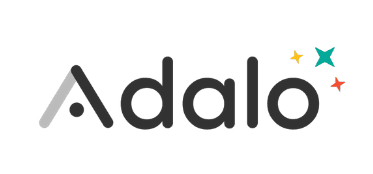
Specialized in creating mobile apps with visual development tools

Transforms spreadsheets into beautiful, functional mobile apps

Create membership sites with recurring revenue
What makes these platforms effective passive income tools is how they’ve reduced both the technical requirements and ongoing maintenance burden of software products. Modern cloud infrastructure handles scaling automatically, payment processors manage subscription billing, and analytics tools provide insights into user behavior. This automation transforms software from a high-maintenance business requiring constant development into a more passive income stream once the initial product is built and stabilized.
Software products are particularly attractive for passive income because they typically involve recurring subscription revenue rather than one-time purchases. A well-designed SaaS product can maintain subscribers for years with relatively minor updates and improvements. The marginal cost of serving additional customers is minimal, creating exceptional scalability—a software product can serve thousands of customers with virtually the same effort as serving dozens.
8. Stock Photography and Digital Asset Marketplaces

Digital asset marketplaces have created extraordinary opportunities for creators to generate passive income from their creative work. These platforms function as passive income tools by connecting creators with global audiences willing to pay for digital assets, whether those are photographs, illustrations, music, video effects, or other creative elements.
My journey into stock photography began as a hobby—uploading travel photos that were gathering digital dust on my hard drive. To my surprise, those initial uploads started generating small but consistent monthly income with absolutely zero additional effort. This experience revealed the unique power of digital asset marketplaces as passive income tools: once your work is uploaded and properly tagged, it can continue generating revenue indefinitely with no further input required.
Shutterstock remains one of the most established passive income tools in the stock photography space. The platform connects photographers, illustrators, and videographers with millions of potential buyers worldwide, handling all aspects of marketing, licensing, and payment processing. What makes Shutterstock particularly effective for passive income is its volume—while individual asset sales might generate just a few dollars, popular images can sell hundreds or thousands of times over many years. Contributors simply upload their work, add relevant keywords, and the platform handles everything else, creating a truly passive income stream.
For those creating digital assets beyond photography, Envato Elements has emerged as a powerful passive income tool. The platform operates on a subscription model where customers pay monthly for unlimited access to digital assets, with revenue distributed to contributors based on downloads. Envato accommodates a wide range of digital products including WordPress themes, graphic templates, stock video, sound effects, and web development components. This diversity allows creators to monetize virtually any digital skill through a passive distribution channel where the platform handles all customer acquisition and service.
Here are other notable digital asset marketplaces:

Integrated with Creative Cloud for seamless submission and purchasing

Getty Images subsidiary with broad commercial reach

Specialized in video footage with higher-than-average commission rates

Marketplace for music tracks and sound effects

Marketplace for unique digital products and printables
What makes these platforms effective passive income tools is their ability to connect creators with global audiences they could never reach independently. The marketplaces handle marketing, customer acquisition, payment processing, licensing, and customer service—all aspects that would require significant effort for individual creators to manage. This comprehensive service approach transforms creative work from a commissioned, project-based business into a scalable passive income stream.
The most successful creators on these platforms typically focus on quality over quantity, creating distinctive assets that fill specific market needs. However, volume also matters—contributors with larger portfolios spread across multiple platforms generally generate more consistent passive income. The digital nature of these assets means zero reproduction costs, allowing a single creation to be sold repeatedly without additional work, embodying the ideal passive income model.
Passive Income Tools

The landscape of passive income tools has never been more diverse or accessible than it is today. From automated investment platforms to content monetization systems, digital product marketplaces to real estate crowdfunding—modern technology has democratized passive income opportunities that were once available only to the privileged few. What makes these passive income tools particularly powerful is how they’ve reduced both the financial and technical barriers to building multiple revenue streams.
Through my own journey with various passive income tools, I’ve learned that the most successful approach combines several complementary strategies. Perhaps you start with digital product sales through Gumroad while building a content platform on YouTube. As those streams stabilize, you might reinvest profits into Fundrise for real estate exposure, then gradually expand into affiliate marketing through specialized niche sites. This diversified approach creates resilience—when one income stream fluctuates, others provide stability.
The passive income tools we’ve explored in this article have transformed the very nature of work and income. They’ve created paths to financial independence that don’t require trading time for money in traditional employment structures. Instead, they allow entrepreneurs to build systems and assets that continue generating revenue long after the initial work is complete. While no income is truly 100% passive, these tools minimize ongoing time requirements while maximizing earnings potential.
As you begin exploring these passive income tools, remember that patience and persistence are essential. Most passive income streams take time to develop—months or even years before they generate significant revenue. The initial phase often requires substantial active work with little immediate return. However, those who persist through this building phase are rewarded with income streams that continue flowing with minimal ongoing effort.
What passive income tools are you most excited to explore? Have you had success with any platforms or strategies mentioned in this article? I’d love to hear your experiences and answer any questions in the comments below. Remember, the journey to passive income starts with a single step—choosing your first passive income tool and taking action today!

